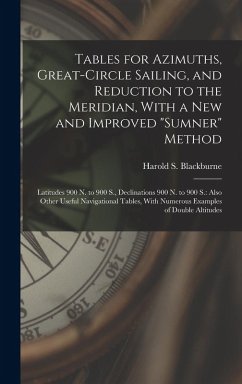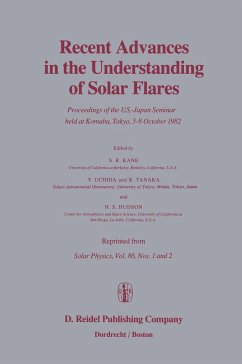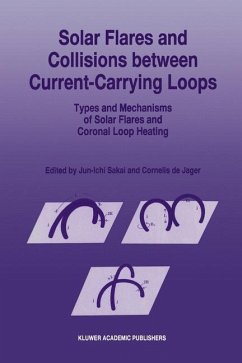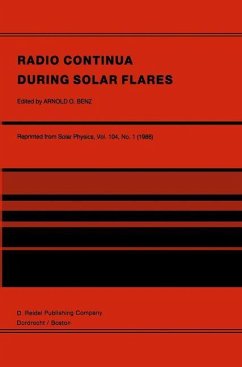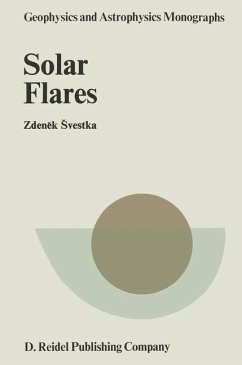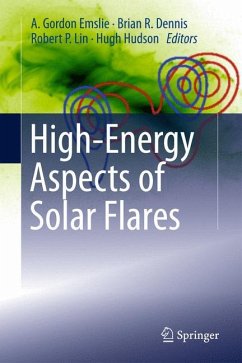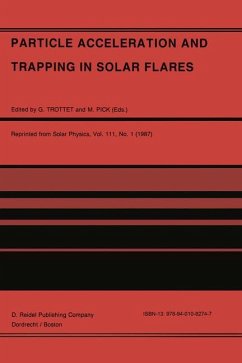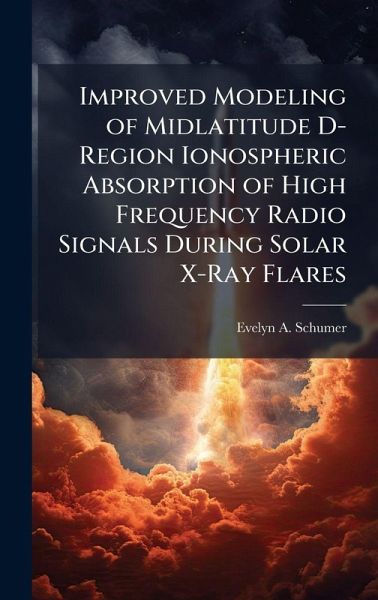
Improved Modeling of Midlatitude D-Region Ionospheric Absorption of High Frequency Radio Signals During Solar X-Ray Flares
Versandkostenfrei!
Versandfertig in über 4 Wochen
31,99 €
inkl. MwSt.
Weitere Ausgaben:

PAYBACK Punkte
16 °P sammeln!
The purpose of this research was to improve modeling of midlatitude D-region ionospheric absorption of high frequency radio signals during solar X-ray flares through analysis of HF propagation data obtained during the HF Investigation of D-region Ionospheric Variation Experiment (HIDIVE) and obtained at the Canadian Space Agency NORSTAR riometer in Pinawa, Manitoba, Canada and X-ray flux data, as reported by GOES satellites. The findings of the data analysis were then used to validate and suggest improvements for two existing HF absorption models, the operational Space Weather Prediction Cente...
The purpose of this research was to improve modeling of midlatitude D-region ionospheric absorption of high frequency radio signals during solar X-ray flares through analysis of HF propagation data obtained during the HF Investigation of D-region Ionospheric Variation Experiment (HIDIVE) and obtained at the Canadian Space Agency NORSTAR riometer in Pinawa, Manitoba, Canada and X-ray flux data, as reported by GOES satellites. The findings of the data analysis were then used to validate and suggest improvements for two existing HF absorption models, the operational Space Weather Prediction Center (SWPC) D-region Absorption model and the physical AbbyNormal model. Analysis of the HIDIVE data revealed an absorption dependence on signal frequency and a dependence on solar zenith angle which differ from those used in the SWPC model. Analysis of nitric oxide (NO) density data obtained with the Student Nitric Oxide Explorer and during the Halogen Occultation Experiment provided improved methods of defining NO profiles within AbbyNormal. This work has been selected by scholars as being culturally important, and is part of the knowledge base of civilization as we know it. This work was reproduced from the original artifact, and remains as true to the original work as possible. Therefore, you will see the original copyright references, library stamps (as most of these works have been housed in our most important libraries around the world), and other notations in the work. This work is in the public domain in the United States of America, and possibly other nations. Within the United States, you may freely copy and distribute this work, as no entity (individual or corporate) has a copyright on the body of the work. As a reproduction of a historical artifact, this work may contain missing or blurred pages, poor pictures, errant marks, etc. Scholars believe, and we concur, that this work is important enough to be preserved, reproduced, and made generally available to the public. We appreciate your support of the preservation process, and thank you for being an important part of keeping this knowledge alive and relevant.



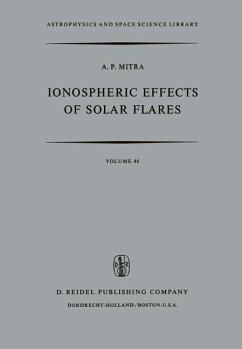
![A System of General Geography Including Outlines, or, A First Course for Beginners [microform]: on an Improved and Easy Plan Adapted to the Interrogat Cover A System of General Geography Including Outlines, or, A First Course for Beginners [microform]: on an Improved and Easy Plan Adapted to the Interrogat](https://bilder.buecher.de/produkte/65/65531/65531456n.jpg)
